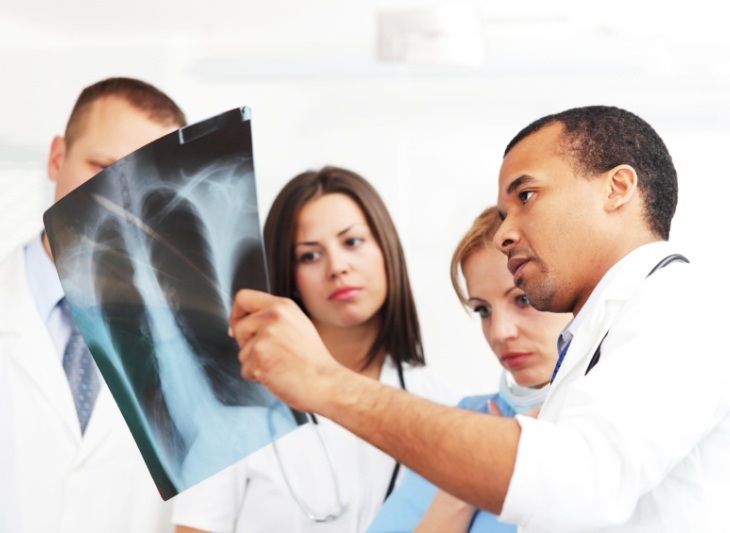APEC economies address the economic impact of infections in healthcare

Health Ministers recognize the economic impact of healthcare-associated infections that are becoming more prevalent in the developing world and they are working towards establishing a program to lift the burden in member economies, said Philippines Department of Health Secretary Dr. Enrique Ona earlier this week.
Speaking to representatives from academic institutions, hospitals, healthcare associations, patient organizations, and the medical technology industry at the 1st APEC High-Level Workshop on Reducing the Economic Burden of Healthcare-Associated Infections, Secretary Ona asked delegates to examine cost reduction and improvement of health outcomes through public policy and best practices in prevention and control.
“The advancing stage of patients admitted to healthcare settings, the greater prevalence of chronic diseases among admitted patients, and the increased use of diagnostic and therapeutic procedures which affects the host defenses will provide continuing pressure on Healthcare-Associated Infections in the future.”
Nearly 6 million incidents are reported annually in the US, Europe and Japan, and the situation in developing economies is even worse, with incident levels at least twice as high as in high-income locations. In some developing economies, one in four patients admitted to hospitals acquire healthcare-associated infections.
Dr. Ona cited said that healthcare-associated infections affect 8.7% of hospital patients, on average, and that the region has the highest frequency of people suffering from infectious complications acquired in healthcare facilities.
“Infections acquired in healthcare settings are among the major causes of death and increased morbidity among hospitalized patients,” he said.” This is a significant burden both for the patient and for public health.”
“Healthcare-associated infections add to the imbalance between resource allocations for primary or secondary healthcare by diverting scarce funds to the management of potentially preventable conditions.”
APEC members agreed that systematic approaches to surveillance and data collection are needed to provide evidence for and to monitor appropriate continuous improvement.
“Collaboration among the many key players attending the APEC workshop, including those with decision making and budgetary powers, public and private entities, and NGOs and patient organizations, is essential for the success of the new approaches discussed during this meeting,” said Dr. Benedetta Allegranzi, Technical Lead of the WHO’s Clean Care is Safer Care initiative and co-chair of the APEC workshop.
“This should include ensuring full accountability and transparency among all the key stakeholders.”
Participants concluded by developing a set of recommendations for APEC member economies. This includes establishing suitable policies as well as adequate human and financial resources to address healthcare-associated infections prevention and control at local levels, and enhancing multi-sector efforts to share information on implementation and impact of policies and best practices in reducing the health and economic burden.
Further work in APEC on the development and implementation of policies and best practices to reduce the health and economic impact of HAIs was also recommended, to continue moving forward this initiative.
# # #
For more information, please contact David Hendrickson +65 9371 8901 at [email protected] or Michael Chapnick +65 9647 4847 at [email protected].
More details about APEC’s 2012 priorities and initiatives for the year can be found on www.apec.org or www.apec2012.ru.
Additional details about APEC meetings, events, projects and publications can be found at www.apec.org. You can also follow APEC on Twitter and join us on Facebook.

